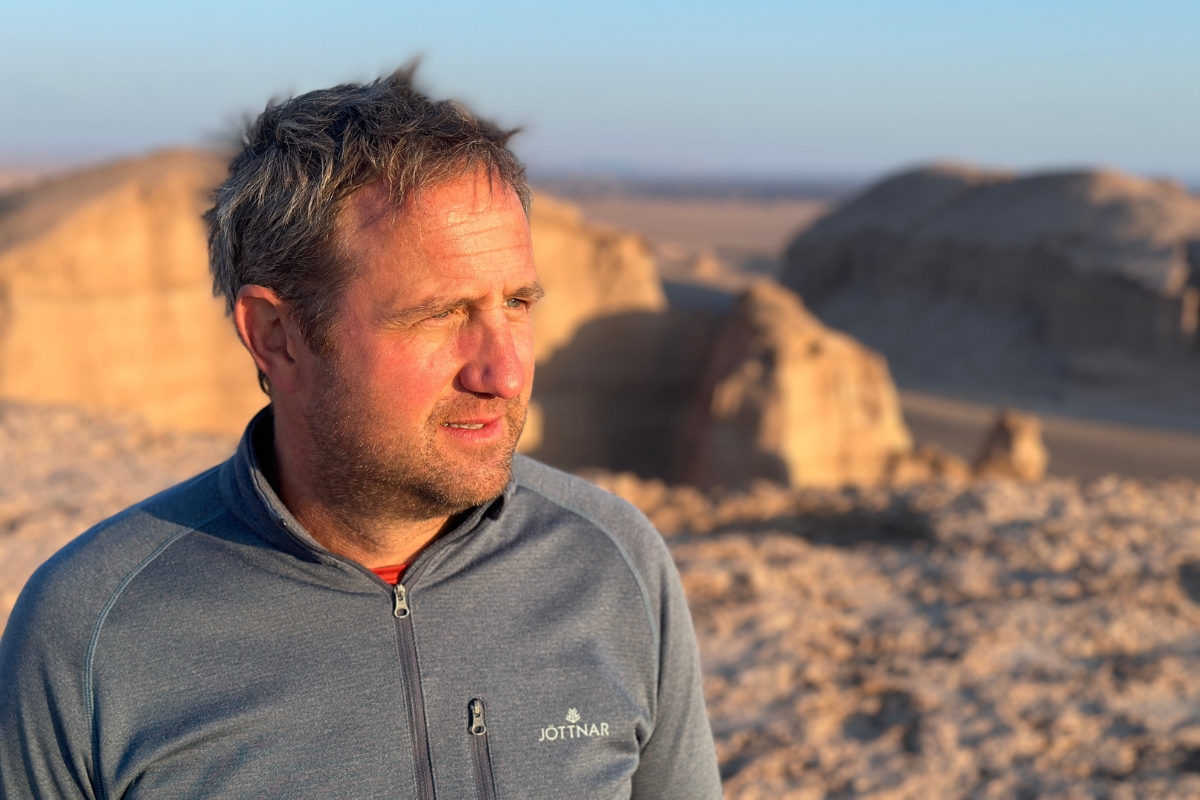
‘Slow travel’ might have become a bit of a buzzword phrase recently, but it has real meaning and value behind it: travelling by land, rather than air, staying for longer in fewer places, and taking time to appreciate the journeys just as much as the destinations.
The idea has been right at the front of my mind these past few days. Not just because my own journey ground to a halt at the Iran-Pakistan Taftan border for 5 days (too sloooow), but also because it’s one of the key identities of this entire trip. Travelling by train from the UK to the Taj Mahal could be the poster-child for the slow travel movement!
But here’s the thing: most of the time, I’m not actually travelling that slowly. Pin drops! Exit stage left…
In order to cover these 13,000-odd km, making the number of stops that I’ve chosen to make in just two months, I’m actually having to move at quite a pace. My bag is usually repacked each morning, or every two at the most. Does it feel fast? Yes, certainly, some of the time. Do I feel like I’m only brushing the surface? No, not at all. I feel like I’m becoming entirely immersed throughout, and enjoying the best elements of slow travel – making the journeys the focus, and not just a means to an end.
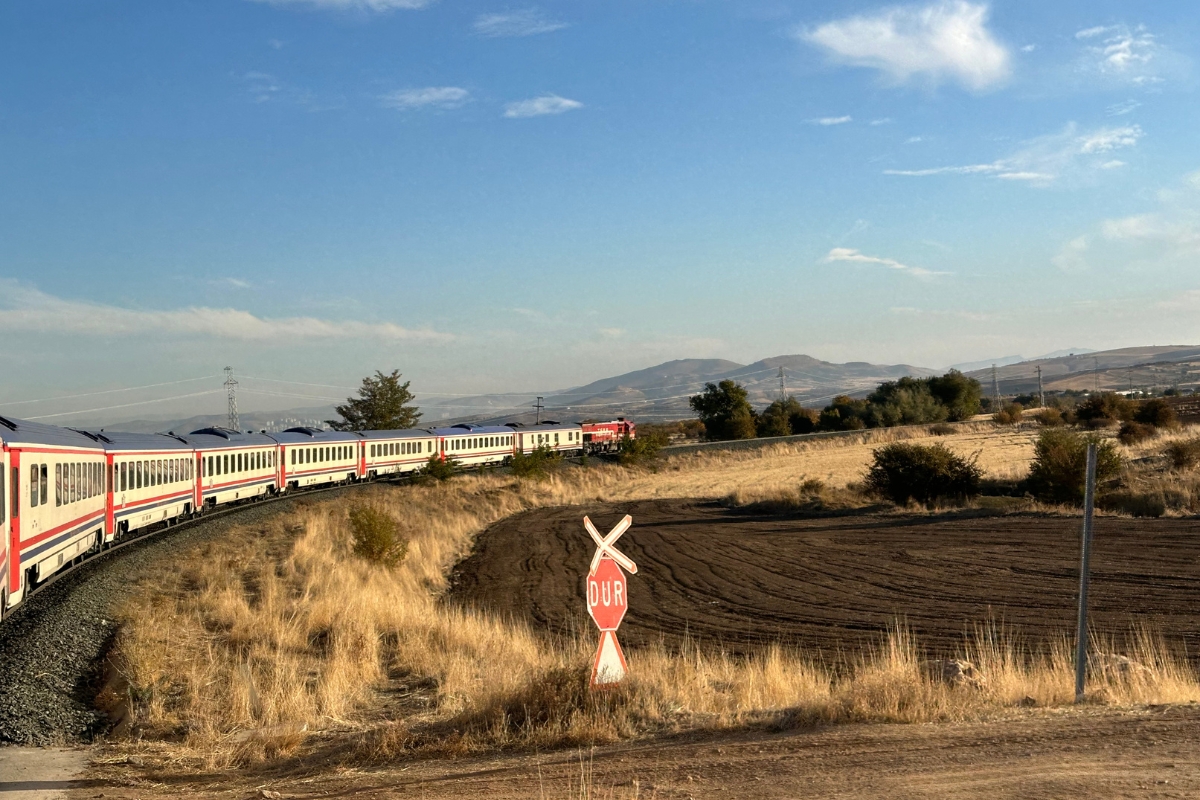
So, it seems I may have stumbled upon a hybrid; an hyper-slow travel, of sorts, if you will. I can’t see that term going viral anytime soon, but if it does, you read it here first!
Breaking it down, it’s easy to see why I feel so immersed in it all. There’s no question that rail – my main mode of transport – ticks all the boxes. I’m literally glued to the window throughout each journey; the e-book hasn’t had a look in. Likewise, I’ve got a strong instinct to explore, or at least see, all the places that lie in between, which gives me a much more complete picture of each place than I’d otherwise get.
There’s something distinctive about looking out of a train window, rather than being in a car or a bus. You undoubtedly feel closer and more connected to your surroundings; it’s a very different kind of relationship. I’m regularly waved at, I have uninterrupted views, and there’s no jostling for road space (anyone who has spent time in southern Asia will appreciate that there can often be an ‘elbows out’ level of jostle!).
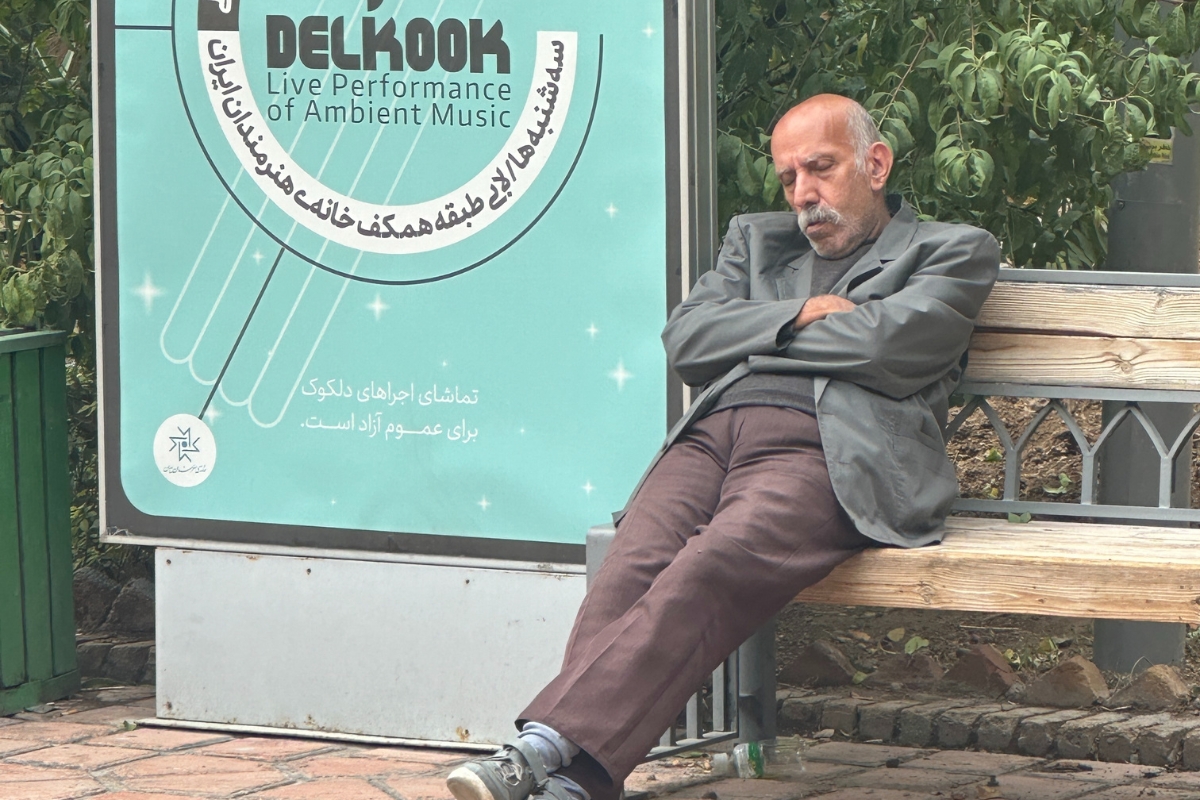
Passing through city suburbs, when the train slows down, you see intermittent moments and all sorts of emotions. I’ve connected with so many people along the way, too. As I wander the train corridors, I’m engaged in endless conversations, with my new acquaintance’s English always being vastly superior to my clumsy stabs at Urdu, Bulgarian, or even French (pardon Madame Dupont!). I’m invited to sit with people and to visit their homes. Food is shared, I’m wished well, asked about the journey and how I liked the last stop, and even told things to expect on the next stage.
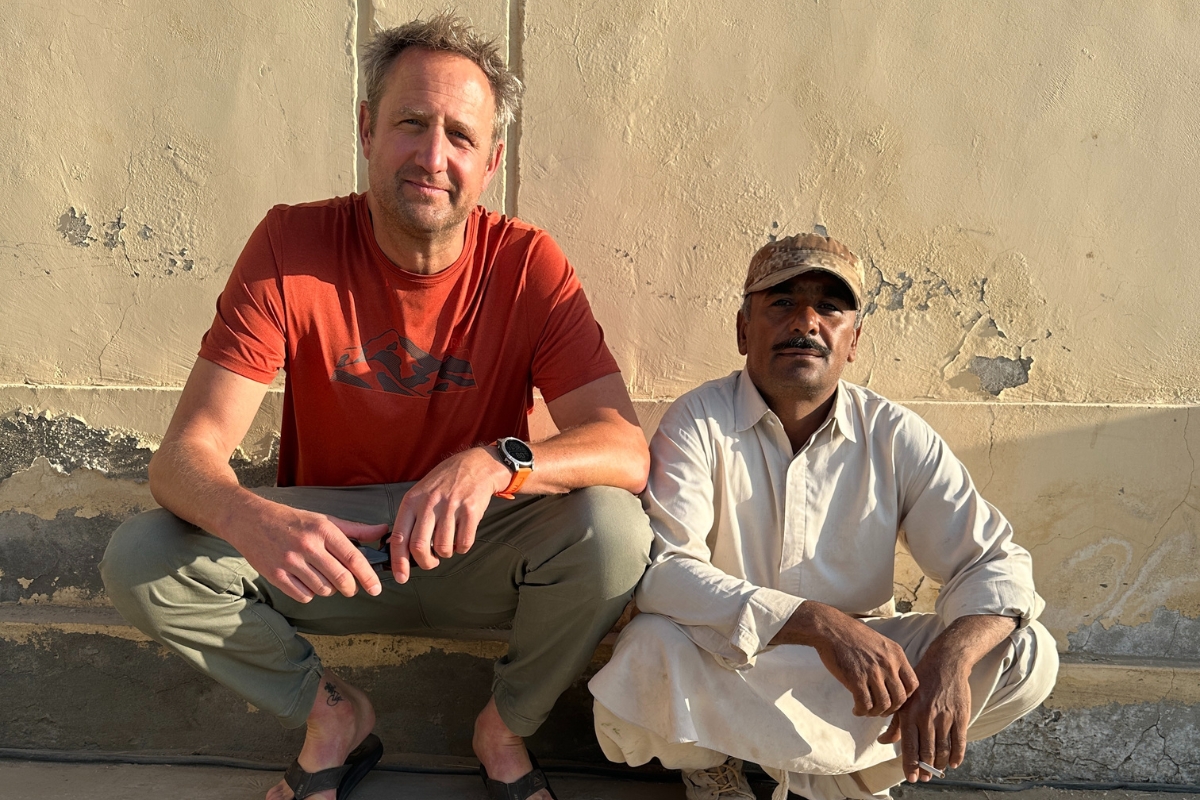
I’m spending locally too, from chai stalls to tuk tuks, taxis and buses at each stop. I’m eating at street level, not in a hotel or tourist restaurant. While these behaviours aren’t new for me – they’re what I always do, however I’m travelling – they’re that much more of a natural step when travelling by land.
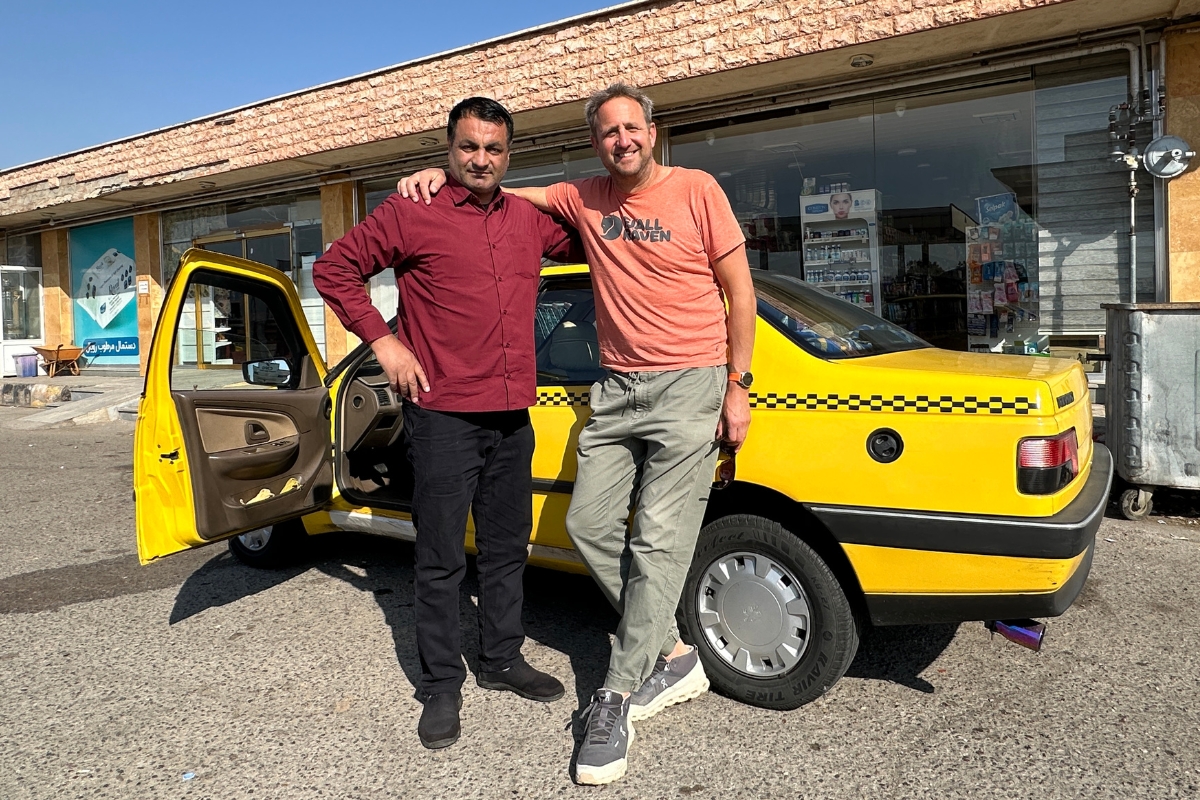
Slow travel doesn’t have to be by train, of course – road, foot, boat, bike, making fewer stops… there are many options. Anything that gets you out of another plane journey is a step in the right direction.
On a more macro level, I’ve really enjoyed experiencing the subtle merge of cultures as I cross the borders by land, rather than simply landing at a country’s epicentre. I found it fascinating to see, hear and taste the gradual changes crossing from Western to Eastern Europe, then watch as Europe became Western Asia and then on to Southern Asia.
Glued to my window on the 30+ trains I’ve been on so far, I’ve glimpsed so many locations that tourism is unlikely to ever touch, at least not in my lifetime. I’m a huge advocate of allowing extra time in locations, no question, but what I’ve learned on this trip is that there is an alternative route to getting a deeper view of a destination: giving greater care and consideration to the modes of transport.
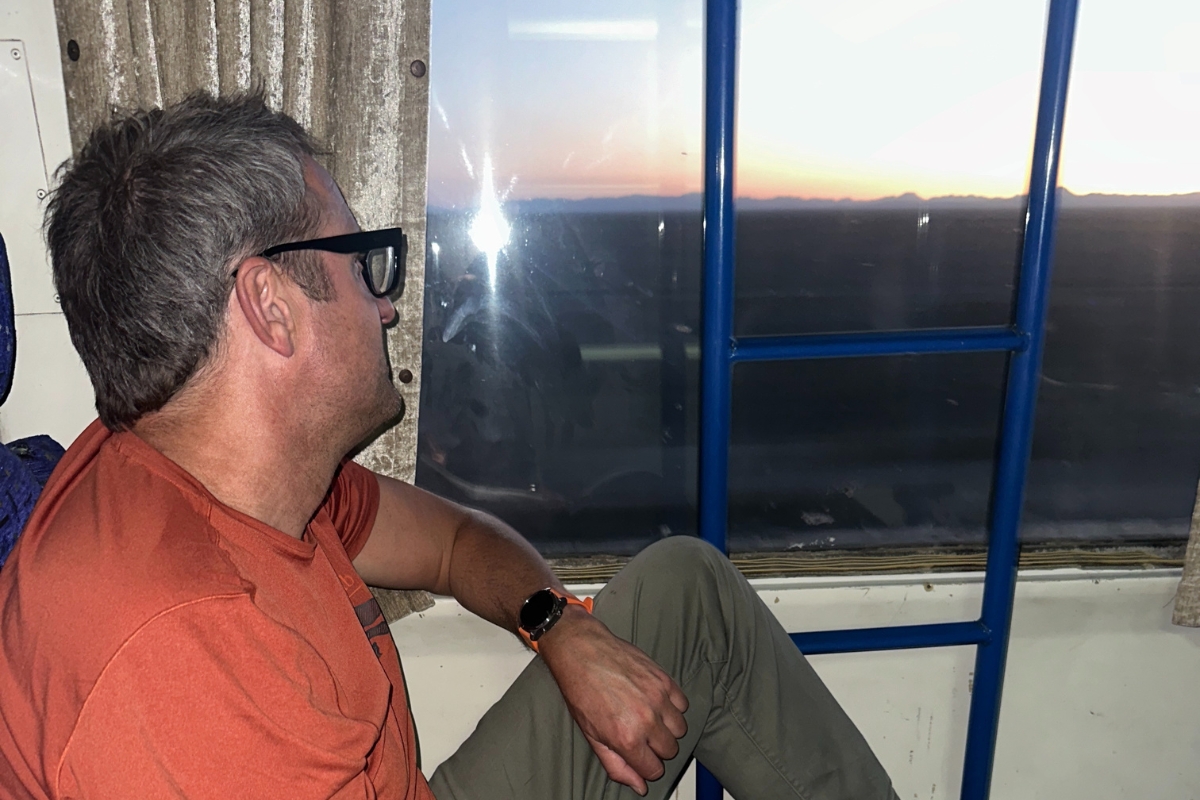
While I’d certainly have liked to have had more time in a few of the places along the way, I honestly feel fulfilled. Slow travel is not just a method or a means; you don’t necessarily have to spend longer in any one place. It’s a mindset more than anything. Meet good people, listen, learn and share.
Now, back to getting the term ‘hyper-slow travel’ some traction. Anyone? Anyone?…

Must be amazing to see all the back areas of locations you wouldn’t ordinarily see – such a treat – loving your writing xx
And we do love a sneaky nose about eh Hels. Lovely to hear from you x
Really Enjoying the story Nick and really rather envious. I’ve just been firking around through the Resident records and spotted Night/ Train – a new compilation. Seems very appropriate listening for you. Cheers Adam
https://open.spotify.com/playlist/2AbbQpMTLnAgS4RaSTCUVI?si=yY3Aj8BgSAehTJGlRD3Maw&pi=e-CVbK2IgnTqGx
Thanks Adam, nice to have you on board 🚂. And thanks for the playlist, very kind, I’ll have a listen of that today 🙏😊
Love this insight and hearing about your journey Nick. I’m in the throes of trying to decide what I do with my month in India in February and it’s kind of overwhelming. I have a start point and an end point (the kumbh mela) and I know I want to be in Varanasi again. I really like to spend time in a place and I also want to delve deeper with my photography and focus on a project. But then there’s the “there are so many places to see voice” in my head and the “but you don’t want to spend all your time in airports” voice. By turning the journey into your actual journey you’ve tapped into another way of seeing and being…
I’ll be fascinated to hear about it all and especially Pakistan
I look forward to chewing that over in return Beth. Chai’s on me!